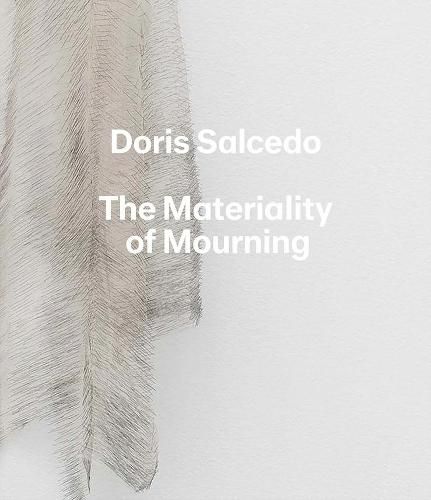Readings Newsletter
Become a Readings Member to make your shopping experience even easier.
Sign in or sign up for free!
You’re not far away from qualifying for FREE standard shipping within Australia
You’ve qualified for FREE standard shipping within Australia
The cart is loading…






A compelling look at Doris Salcedo’s works from the past fifteen years, exploring how the artist challenges not only the limits of the materials she uses but also the traditions of sculpture itself
Colombian sculptor and installation artist Doris Salcedo (b. 1958) creates works that address political violence and oppression. This pioneering book, which focuses on Salcedo’s works from 2001 to the present, examines the development and evolution of her approach. These sculptures have pushed toward new extremes, incorporating organic materials-rose petals, grass, soil-in order to blur the line between the permanent and the ephemeral.
This insightful text illuminates the artist’s practice: exhaustive personal interviews and deep research joined with painstaking acts of making that both challenge limits and set new directions in materiality. Mary Schneider Enriquez convincingly argues for viewing Salcedo’s oeuvre not just through a particular theoretical lens, such as violence studies or trauma and memory studies, but for the profound way the artist engages with and expands the traditions of sculpture as a medium.
$9.00 standard shipping within Australia
FREE standard shipping within Australia for orders over $100.00
Express & International shipping calculated at checkout
A compelling look at Doris Salcedo’s works from the past fifteen years, exploring how the artist challenges not only the limits of the materials she uses but also the traditions of sculpture itself
Colombian sculptor and installation artist Doris Salcedo (b. 1958) creates works that address political violence and oppression. This pioneering book, which focuses on Salcedo’s works from 2001 to the present, examines the development and evolution of her approach. These sculptures have pushed toward new extremes, incorporating organic materials-rose petals, grass, soil-in order to blur the line between the permanent and the ephemeral.
This insightful text illuminates the artist’s practice: exhaustive personal interviews and deep research joined with painstaking acts of making that both challenge limits and set new directions in materiality. Mary Schneider Enriquez convincingly argues for viewing Salcedo’s oeuvre not just through a particular theoretical lens, such as violence studies or trauma and memory studies, but for the profound way the artist engages with and expands the traditions of sculpture as a medium.